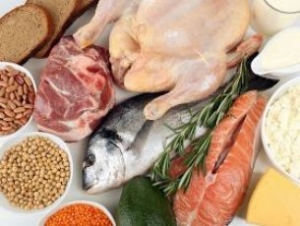Economic - Markets
Dairy Price Jump Fuels Global Food Price Rise

The FAO Food Price Index averaged 170.9 points in September, up 2.9 per cent from August and 10 per cent from a year earlier.
The increase was driven by a 13.8 per cent monthly jump in the FAO Dairy Price Index, partly as a result of a sharp jump in butter prices benefiting exporters in the EU, where dairy output is declining.
Whilst sugar and palm oil prices rose, the FAO Meat Price Index was unchanged from August.
The FAO Cereal Price Index slipped 1.9 per cent from the previous month and is 8.9 per cent below its year-earlier level.
FAO said as part of its Food Outlook that cereal prices are drifting lower on the backs of the expected hefty supply. Wheat and maize futures on the Chicago Board of Trade have both dropped more than 16 per cent since the start of the year.
Soybeans and other oilcrops could reach an all-time production high this year, thanks to record US yields, although demand is expected to grow even faster.
Global food markets are expected to remain "generally well balanced" in the year ahead, FAO said. Dairy markets are also expected to return to general balance in 2016 after a long period of excess supply.
Stagnant world meat output in 2016, twinned with rising international demand for pigmeat and poultry, especially from East Asian markets, continues to lend support to meat prices, the organisation said.
Global fish production, meanwhile, is forecast to expand by a below-trend 1.8 per cent this year to 174 million tonnes, as aquaculture output is expected to expand by 5 per cent and wild-caught fish output to decline by 0.9 per cent, due in part to El Nino's impact on Pacific sardines, anchovetas and squid.
TheCattleSite News Desk
























